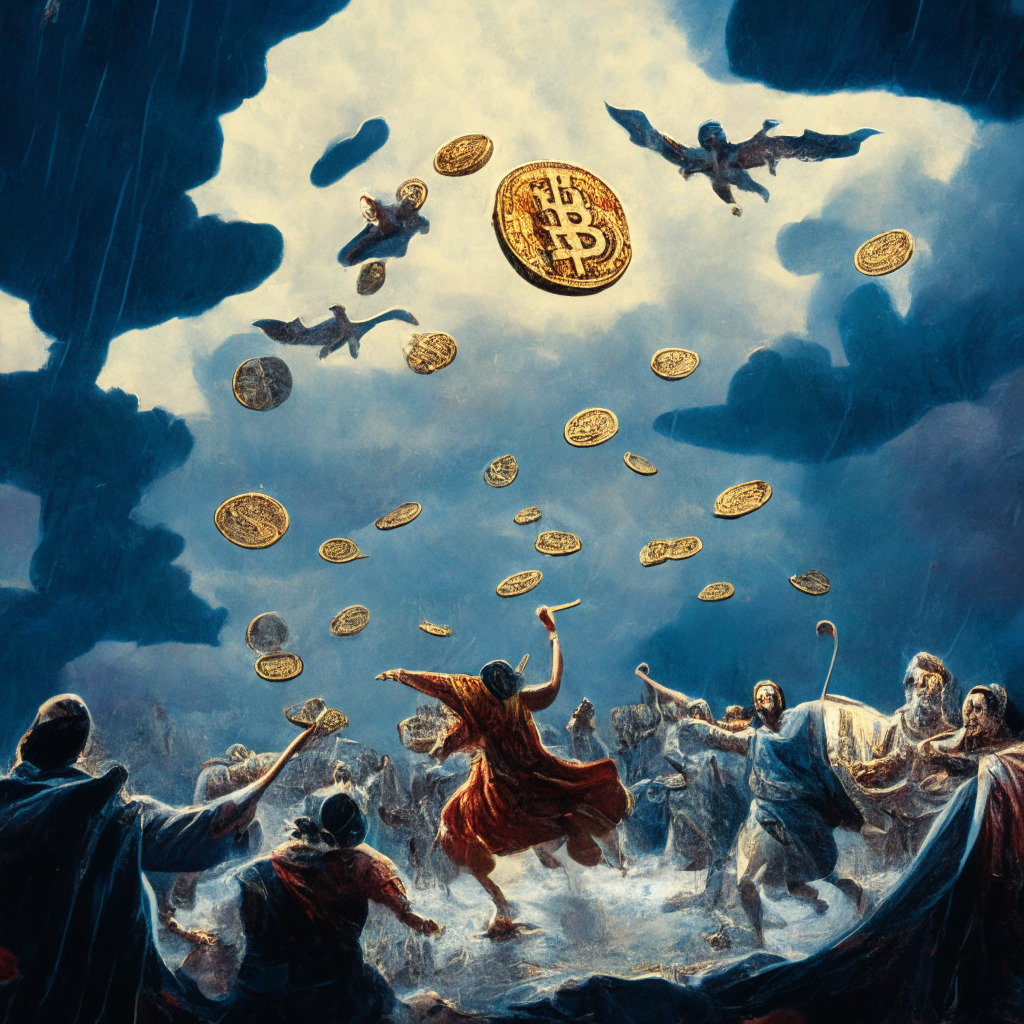Market fluctuations tend to often perplex traders, especially in the crypto zone where volatility reigns. Amidst this, a new sherpa, known as “slippage,” has been lighting the way, and ether, the second-largest cryptocurrency, often seems to dance to its tune.
To simplify, slippage is the gap between the estimated transaction cost and the price actually paid. It’s akin to intending to buy a loaf of bread for $5, but ending up paying $6 at the checkout. This discrepancy primarily occurs under speedy market conditions or when liquidity ebbs. Interestingly, the crypto-verse has been witnessing how spikes in slippage in the ether market voice out trend changes melodically.
As per data backed up by the crypto research firm, Hyblock Capital, tumultuous spikes in slippage have signaled trend transformations in the ether market. This range expansion phenomenon frequently establishes a rhythm, marking price peaks and troughs, like drummer cues in a jazz ensemble. How so? An unanticipated leap in slippage generally played out in the ether market at the pinnacle of the late 2021 bull market and the nadir of the December 2022 bear market phase. Besides, similar escalations in slippage have pinpointed interim highs and lows this year.
Such a pattern of slippage is elucidated from the highest daily slippage observed on a single market order, also known as aggregated maximum slippage. This includes data from crypto exchanges like Binance, BitMEX, Bybit, Bitfinex, Deribit, Huobi, OKX, Phemex, and from quarterly futures listed on Huobi and OKX.
However, to dip the scepticism biscuit in this intriguing tea of slippage, we need to remember that it doesn’t always play in favor of traders. Slippage is as capricious as the market itself. Thus, a purchase order getting executed at a price loftier than what was initially quoted signifies unfavourable or high slippage. In such cases, the trader ends up shelling more than they intended, making it a bitter pill to swallow.
Then again, in an arena as volatile as crypto-trading, perhaps slippage can be the much-needed torchbearer. Traders must bear in mind the duality of its role – both aiding and potentially misleading. It could indeed serve as another tool in the crypto-trader’s toolbox helping navigate the roller-coaster ride of the ether market.
Source: Coindesk




